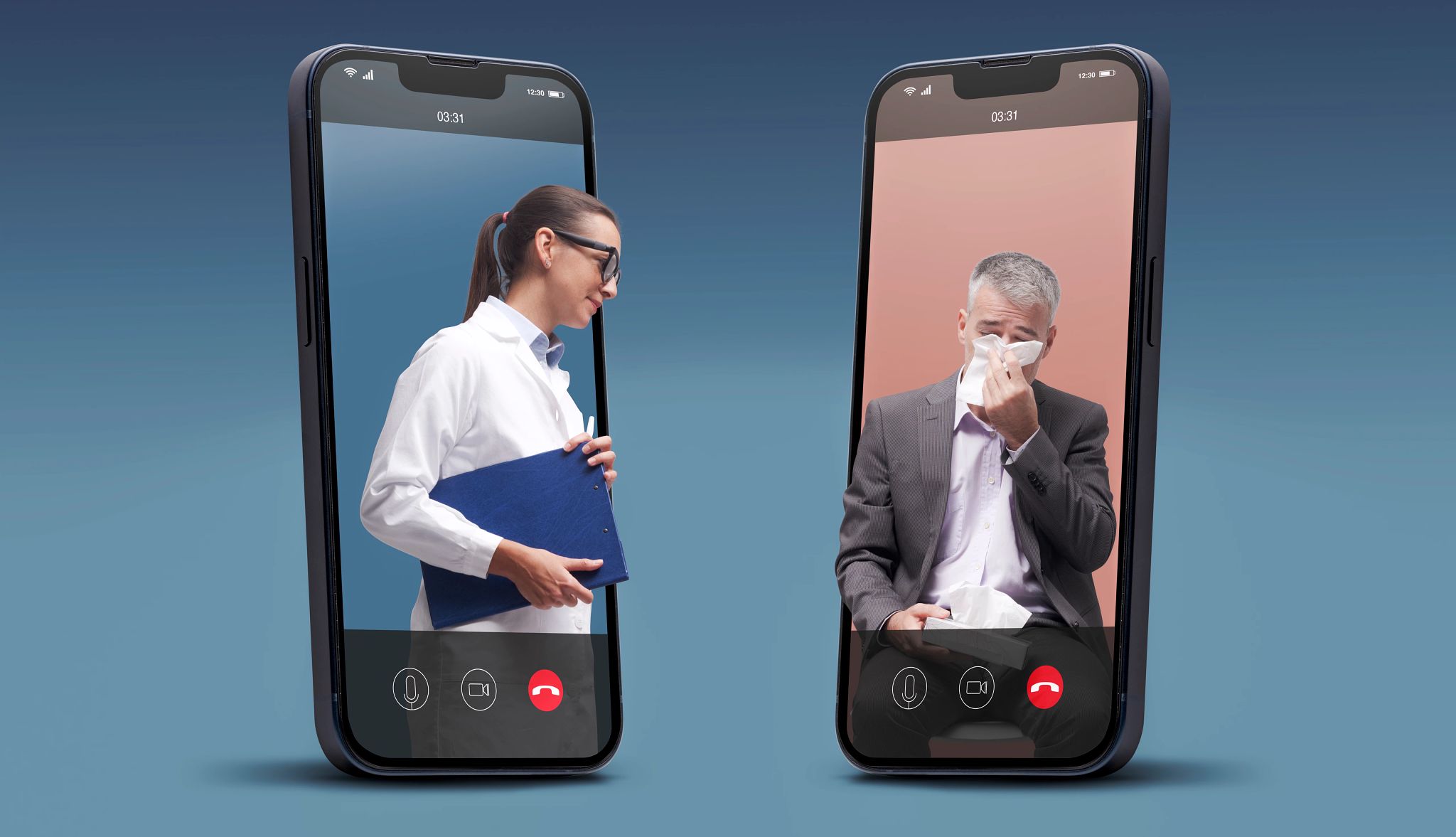AARP Hearing Center


Key takeaways
- Extension bumped to Jan. 30, not permanent.
- Two bills in the hopper could be a longer-term option.
- Pandemic changed perceptions of telemedicine for the better.
- Appointments help many disabled or homebound patients.
- Benefits include better management of chronic conditions.
A spending package that the president signed late Nov. 12 extends Medicare’s coverage of home telehealth services for 80 days until Jan. 30 as part of a deal to end the longest shutdown in the nation’s history.
The new law also will allow the government to reimburse doctors and other service providers who saw Medicare patients during the shutdown starting Oct. 1 after the enhanced telehealth services provisions had technically expired. A number of stakeholders, including AARP, are urging Congress to make these changes permanent.
As the shutdown entered its second month, AARP joined a letter from the Alliance for Connected Care that calls for Congress to provide a long-term telehealth fix for Medicare “to ensure stability and provide clarity for patients, providers, and the health care system as a whole.” More than 450 organizations signed onto the letter.
Join our fight to protect Medicare
AARP is working to keep Medicare strong. Here’s how you can help.
- Sign up to become an AARP activist for the latest news and alerts on issues you care about.
- Find out more about how we’re fighting for you in Congress and across the country.
- See the latest AARP research on Medicare and more.
- AARP is your fierce defender on the issues that matter to people 50-plus. Become a member or renew your membership today.
The current “cycle of temporary fixes has resulted in patients and providers facing continued disruptions in care,” said the alliance, a coalition of health care and technology interests. Telehealth services, also known as telemedicine, use technology such as the internet, video conferencing and wireless communications to provide health services remotely, removing the need for some in-person visits.
The extended telehealth coverage under Medicare began in March 2020 to keep older adults from being exposed to COVID-19 in hospital and doctors’ waiting rooms. The service has been a boon for those who have difficulty getting to medical appointments, including older adults living in rural areas or with mobility problems.
Caregivers strapped for time to transport their loved ones also have benefited from the convenience.
“It’s probably the only good thing that came out of COVID, frankly, in terms of improving access because it’s been such a resounding success,” Nicholas Widmyer, director of federal affairs for the National Association of Community Health Centers based in Bethesda, Maryland, said earlier this year. An end to these services “would be a step backwards for a lot of our patients’ ability to access primary care.”
Telehealth gets extension, not permanence
Telehealth will be facing the same legislative cliff Jan. 30 as it did Sept. 30 without a law that extends Medicare coverage for remote patient care. That would mean Medicare would return to its pre-2020 telehealth coverage that allowed the convenience only for certain beneficiaries.
Organizations, including the alliance and the American Telemedicine Association (ATA) with nearly 500 industry members total, are pushing to continue the expanded telehealth options. AARP is a supporter of the public education campaign Telehealth Access for America along with the American Medical Association, American Hospital Association and nearly 50 other groups.
“We are in a race against time,” says Kyle Zebley, ATA senior vice president for public policy. Failure to extend the current telehealth provisions “potentially leave[s] millions without the ability to access a health care provider remotely and set[s] back the clock on technological progress in care delivery.”




































































More From AARP
7 Changes You’ll See Coming to Medicare in 2026
10 drugs get lower prices, but Part D spending cap increases
Medicare Part B Premium May Top $200 in 2026
Possibility could squeeze finances for older adults on fixed incomes.
AARP Wants to Stop Medicare Advantage Upcoding
Billing method allows private plans to boost their revenue